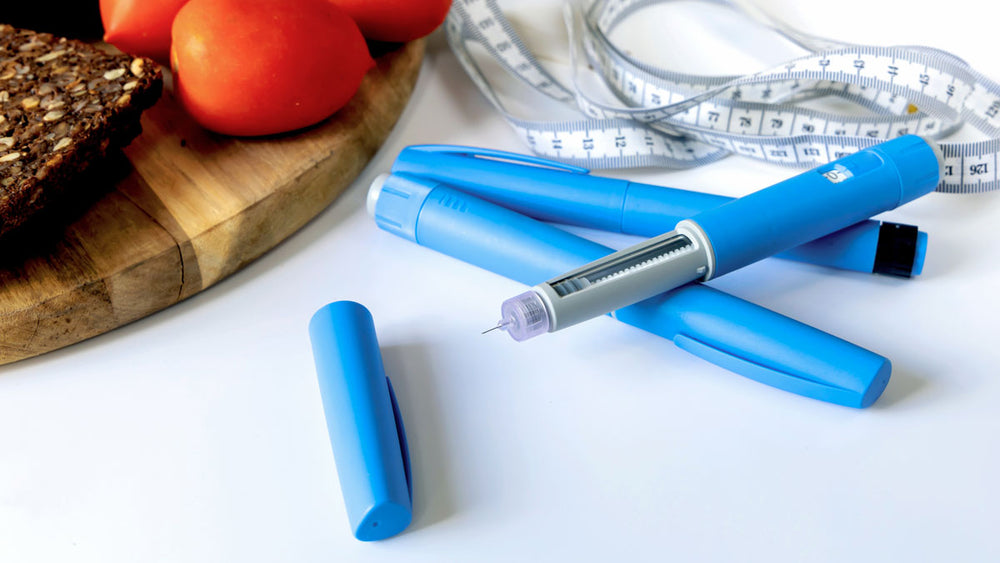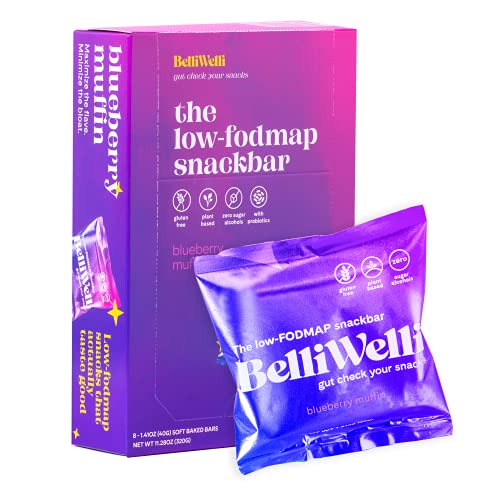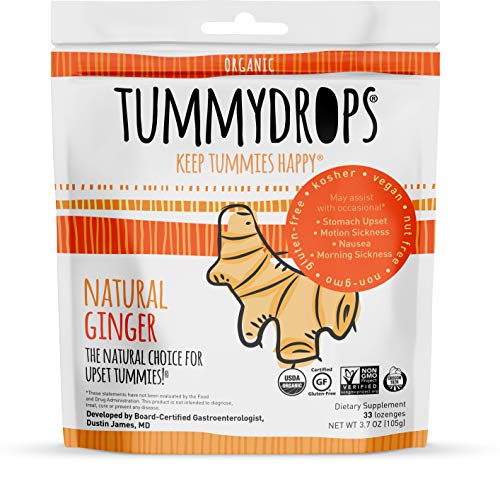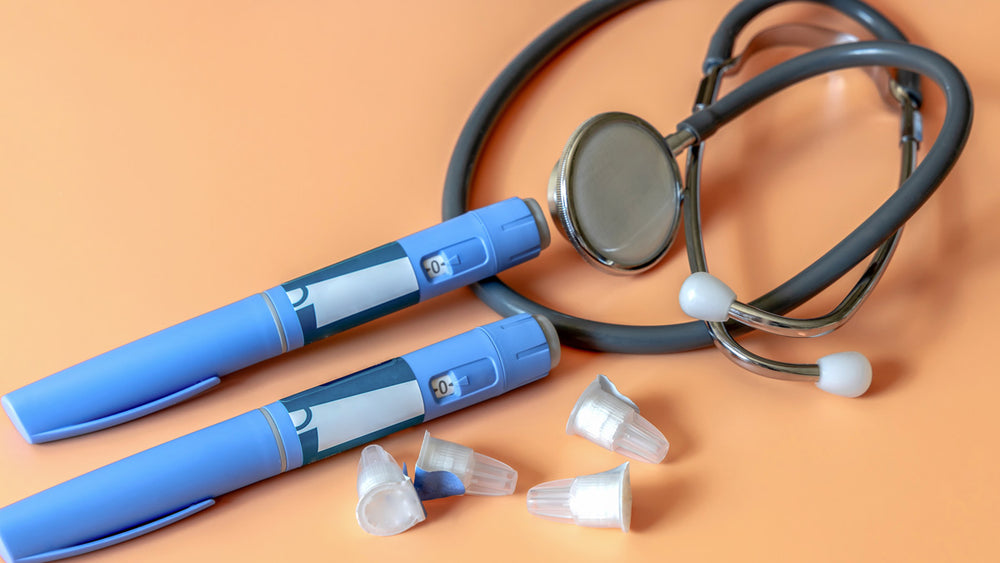Minimizing Side Effects while Optimizing Nutrition on Semaglutide
Continuing our series on semaglutide- the active ingredient in the medications Ozempic and Wegovy, we are exploring the dynamics between nutrition, weight management, and the potential side effects of this compound. Ozempic and Wegovy are FDA-approved medications for diabetes and weight management, respectively.
The Connection Between Nutrition and Weight
Of course, what we eat is part of any complex weight management equation. Adding semaglutide can also mean learning to cope with a new way of eating and managing side effects. As I mentioned in part one of this series on semaglutide, the way semaglutide works to help people lose weight still needs to be understood entirely. But part of its mechanism of action is that it slows the emptying of the stomach and movement of food through the gastrointestinal (GI) tract, meaning you don't need to eat as much to feel fuller longer.
When starting semaglutide, it is as vital to be conscious of the physical process of eating as it is about your food choices. I recommend being extremely intentional by perhaps taking one-third to one-half of your “typical” portion of food onto your plate. Eat slowly, using a timer, if necessary, to “force” yourself to enjoy each bite, checking in with your body to learn to stop eating when you feel satisfied. Do not feel like you must eat a “big meal” because of the time of day. Normalize listening to your body and only eat if your body is giving you the signal that it is hungry.
Meal Timing and Medication
While the timing of taking semaglutide may seem insignificant since it is a once-weekly injection, I always urge individuals to consider what their routine is each week to make it easy to remember. An important part of being aware of when you are eating is minimizing semaglutide-related side effects. Avoid eating meals close to bedtime to prevent increased side effects when lying down, and limit strenuous activity after meals.
Most diabetics are familiar with monitoring their blood sugar and how foods may affect blood sugar in the short and long term. The ways that semaglutide affects appetite and the quantity that a person can eat can affect a person's blood sugar in unexpected ways quickly, and it is essential to plan for this if you are planning to begin taking semaglutide.
Meal Planning for Success: Creating a Balanced Semaglutide Diet Plan
When creating a balanced diet plan on semaglutide, goals might be twofold: managing diabetes and/or weight and side effects. This means that the carbohydrates, calories, fats, or other nutritional components contained in the food must be considered, as well as the effect that the food may have on your body and potential side effects. The impact of certain foods may not be known until after eating them while on semaglutide, but in general, higher, fried, greasy foods and high glycemic index foods that are processed with a lot of sugar seem to cause more side effects.
For some individuals, cruciferous vegetables like broccoli, cabbage, turnips, etc., may also cause significant GI side effects because they take longer to digest and create intestinal gasses at baseline. The semaglutide increases the process to a problematic level.
Portion Control and Calorie Management, Fiber, Protein, and Satiety
Not only is portion control important when working toward a weight loss or weight management goal, but this will also minimize the side effects of semaglutide. Smaller portions, perhaps even eating more times than you were used to before starting semaglutide, will help decrease side effects. Food should be cooked in an oven, over a griddle, or boiled, not fried.
Focus on increasing your fluid intake with non-sugar-based drinks to help prevent constipation. If you are nauseous, a lemon or other tart-flavored beverage may help. Fiber is terrific for constipation, but if you are struggling with diarrhea, it can worsen the problem and should be decreased until the diarrhea passes.
Smart Snacking Habits
The goal of a snack is to help you eat a small amount and stay full until your next regularly scheduled mealtime. To that end, choosing a snack that is complete with healthy fats, protein, and fiber, like pumpkin seeds, walnuts, or hemp seeds, which are also high in essential minerals like zinc and magnesium for energy and your immune system, is a great choice.
Monitoring Progress and Adjusting Your Diet
As we discuss different ways to use semaglutide to improve your diabetes management and weight management, an overarching intervention I encourage is a food journal, which can be an old-school spiral-bound paper journal style or an app on your phone. If you are starting semaglutide and experiencing the changes in diet that usually go with this medication, a food journal can be your best friend. Keeping a journal will help determine what foods keep your blood sugar stable, do not cause side effects, help you maintain a steady weight loss, or whatever your goals may be.
Tracking Blood Sugar Levels
Most diabetics will have a predetermined way they monitor their blood glucose. I am a diabetic and prefer a glucose monitor that does not require finger sticks, so I use the Freestyle Lite glucometer to obtain blood from my forearm, upper arm, calf, or other areas. Many people now use continuous glucose monitors. For people with diabetes who monitor their blood sugar levels, discussions on how to monitor and how often to monitor need to happen with the medical provider managing their diabetes.
For individuals monitoring blood sugar levels for fitness or weight loss, many options are available for continuous glucose monitoring. Regrettably, insurance typically doesn't cover these options, and individuals must pay for them out of pocket. A simple Google search will turn up the myriad of options available. Since the companies are all using very similar technologies for the devices, it is best to watch for any deals that occur.
Achieving Weight Loss Goals
When setting weight loss goals, I recommend discussing them with your healthcare provider. For obese individuals, even a 10% reduction in body weight results in significant health impacts and a reduced risk for cardiac events and cancer! Staying motivated is essential if you are losing weight for health benefits, fitting into a particular outfit, or hitting a number on the scale. We already discussed a food journal, and I encourage you to use that tool. Another great tool is keeping a photo journal of your weight loss journey for yourself. It is easy for us not to notice and quickly forget changes in our appearance. Document your journey! It will help you stay motivated along the way and once you achieve your goals!
Charting Your Course: Navigating Semaglutide Wellness Beyond Words
As this part of the series concludes, it’s essential to recognize the individuality of your journey. Embrace the intentional choices, savor the mindful bites, and celebrate the small victories that collectively propel you toward your health goal. The road ahead may present challenges, yet armed with knowledge and determination, you possess the resilience to navigate them. Stay tuned for the next part of this series, where we will talk more about sharing the ongoing success if you decide starting semaglutide is right for you; continue discussing overcoming hurdles that may arise in taking your medication and what long-term success looks like with this medication!
- Abbott (2021, August 1). Freestyle. FreeStyle Abbott. Retrieved October 20, 2023.
- Bailey, L., MD (2023, October 1). Nutrition: Keeping a Food Diary. Family Doctor. Retrieved October 20, 2023.
- FDA (2017, December 1). OZEMPIC semaglutide injection. Access Data FDA. Retrieved October 15, 2023.
- FDA (2021, June 1). WEGOVY semaglutide injection. Access Data FDA. Retrieved October 15, 2023.
- Gorgojo-Martínez, J. J., Mezquita-Raya, P., Carretero-Gómez, J., Castro, A., Cebrián-Cuenca, A., de Torres-Sánchez, A., García-de-Lucas, M. D., Núñez, J., Obaya, J. C., Soler, M. J., Górriz, J. L., & Rubio-Herrera, M. Á. (2022). Clinical Recommendations to Manage Gastrointestinal Adverse Events in Patients Treated with Glp-1 Receptor Agonists: A Multidisciplinary Expert Consensus. Journal of Clinical Medicine, 12(1), 145.
- Jackson Hospital (2023, January 1). Lose 10 percent. Health Library. Retrieved October 20, 2023.
- Mayer, B. A. (2023, September 13). Ozempic: Best and Worst Foods to Eat While Taking Weight Loss Drugs. Healthline. Retrieved October 20, 2023.




















Comments
Join The Conversation...